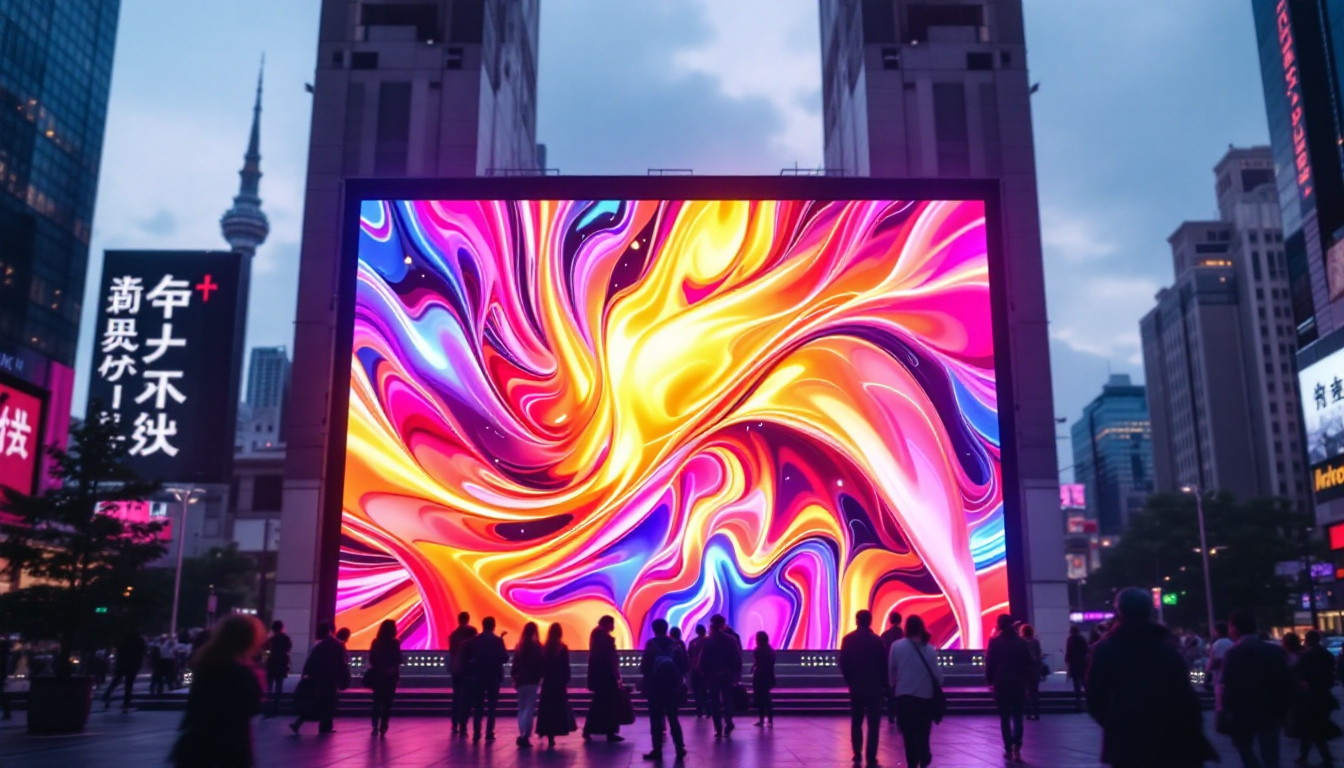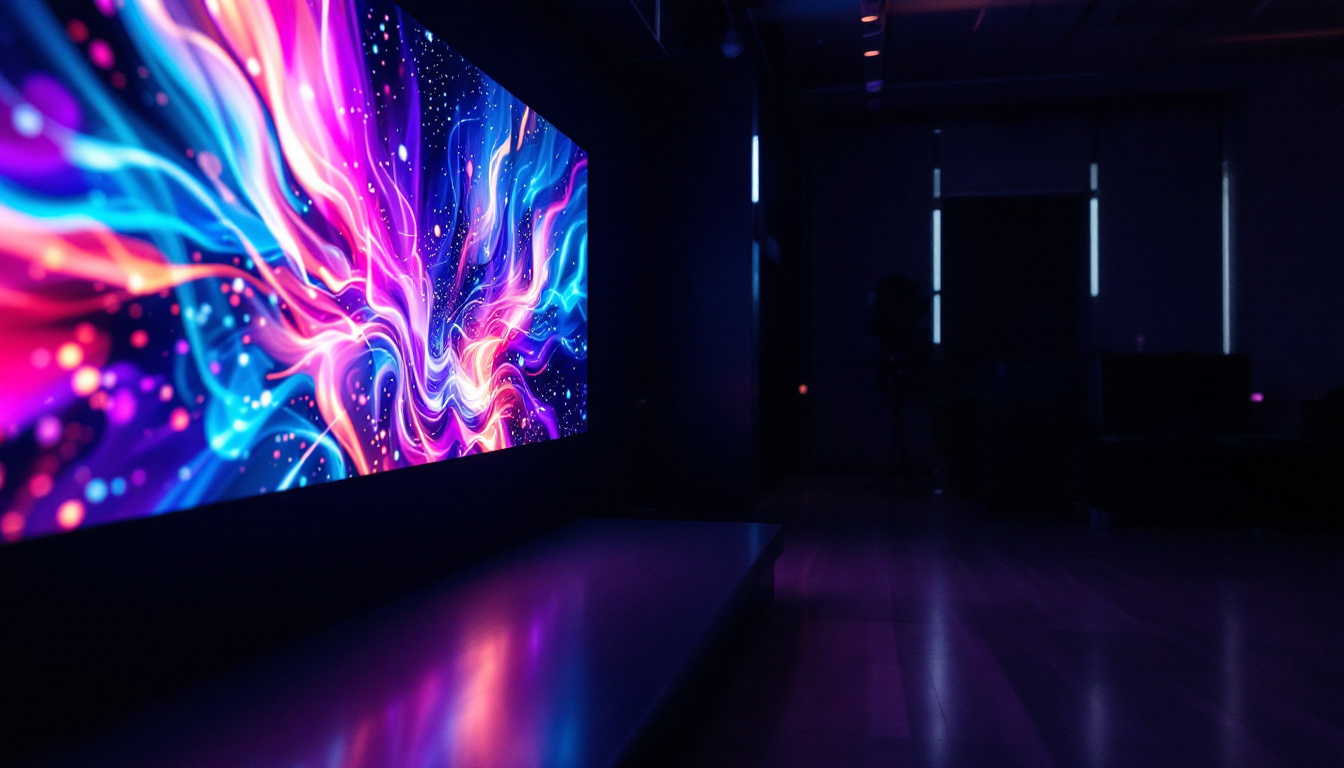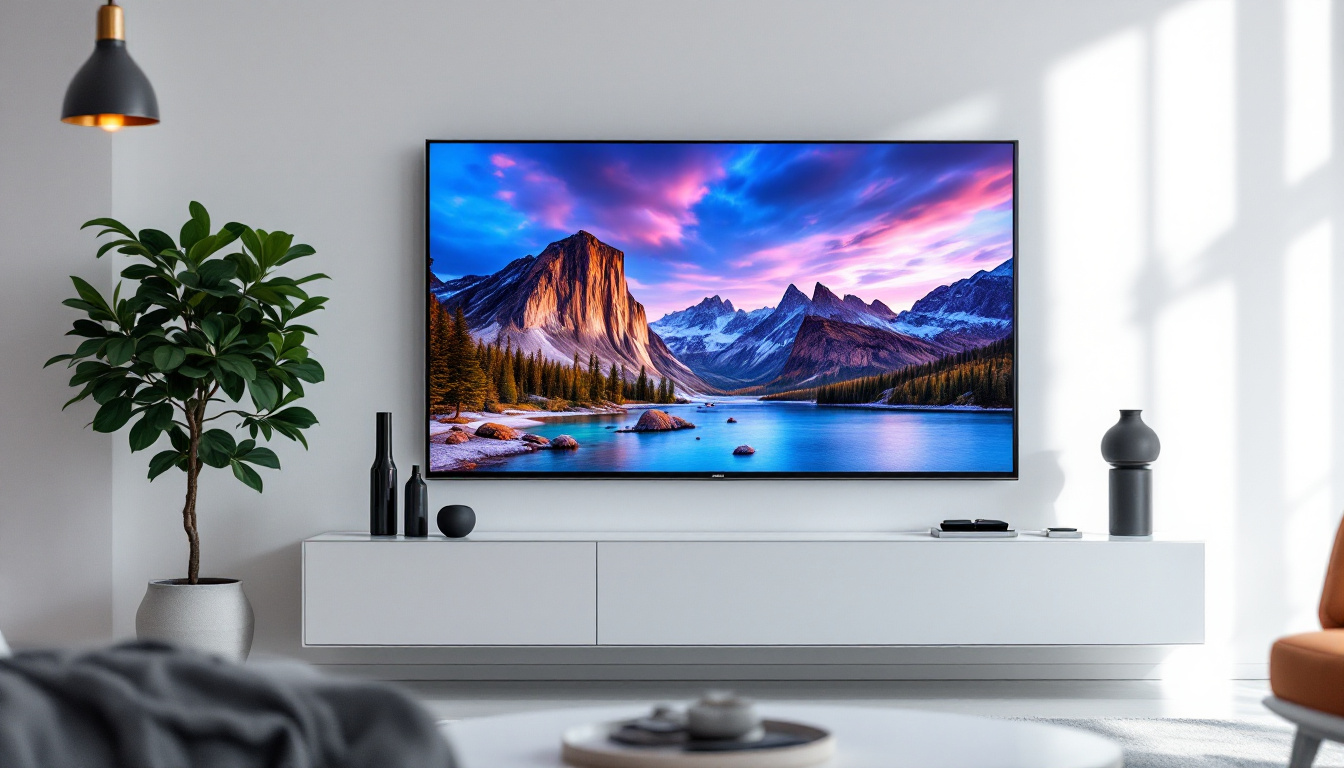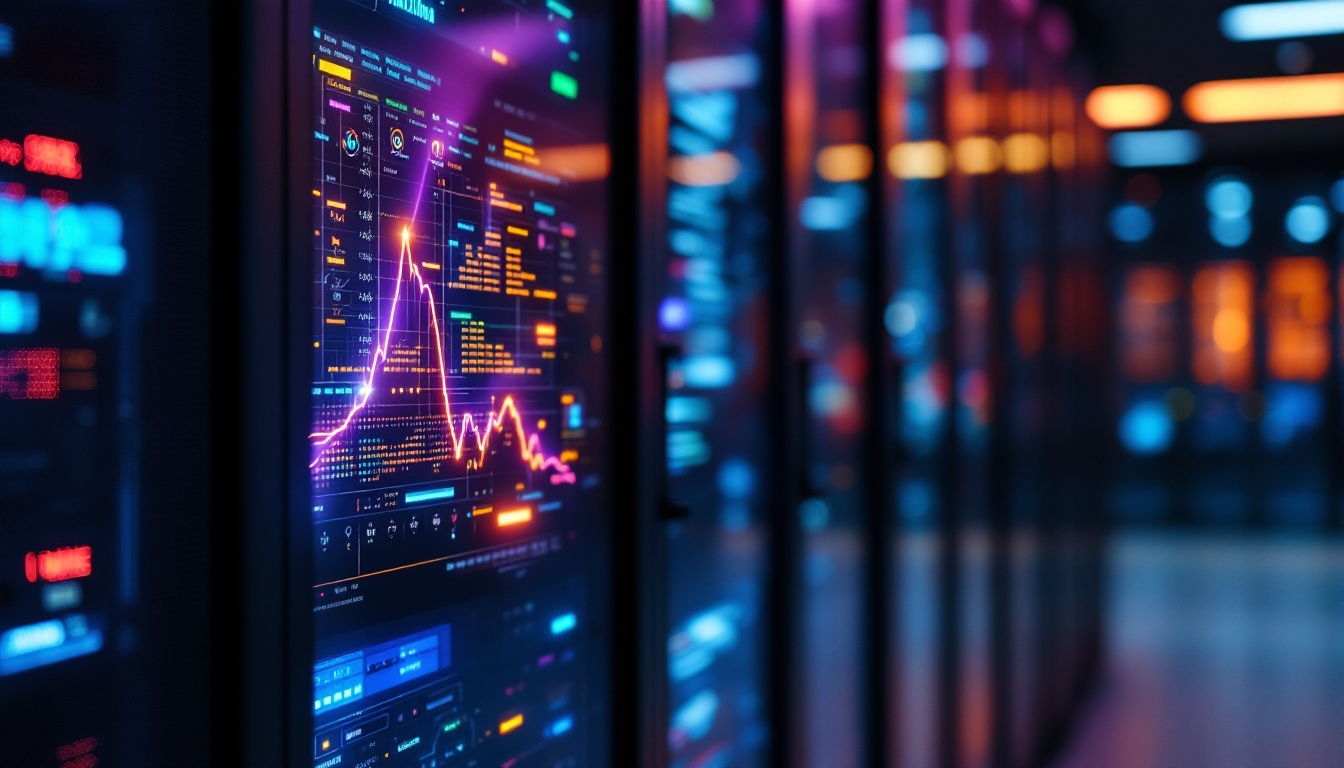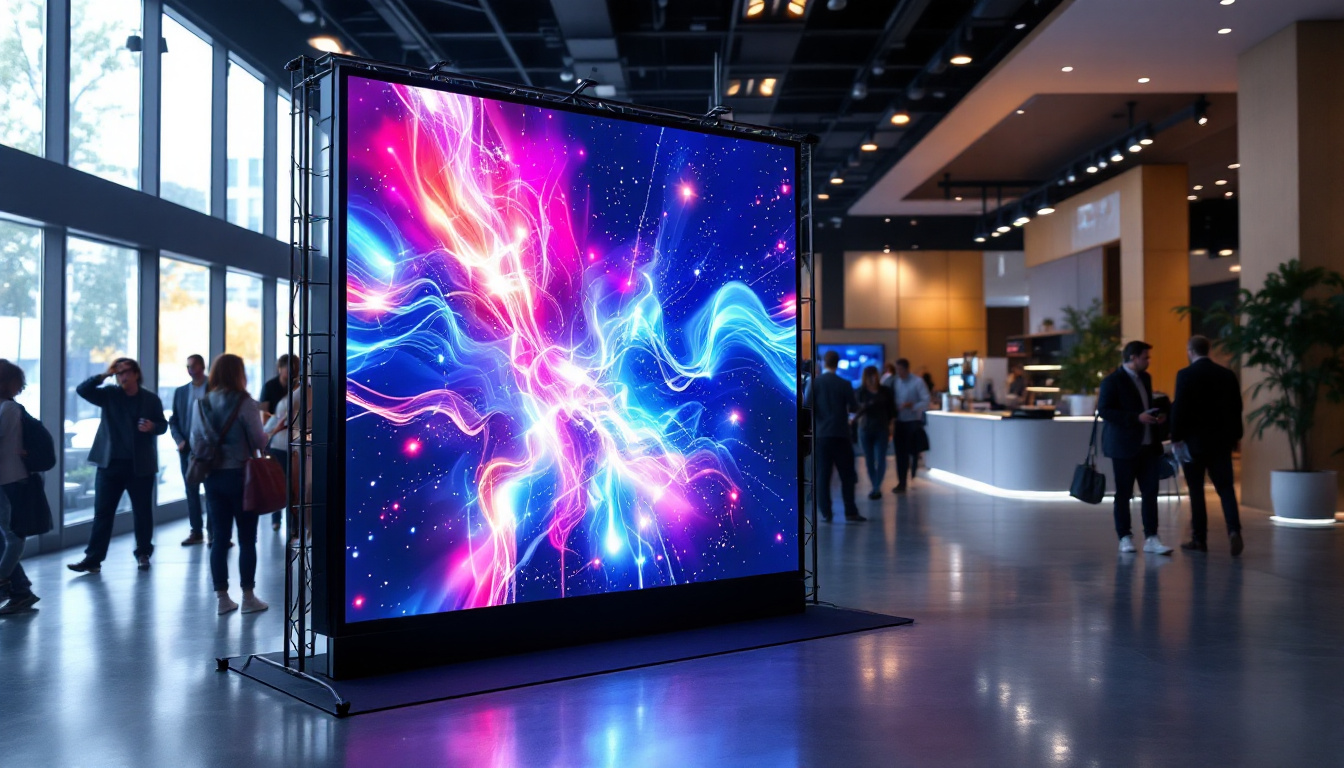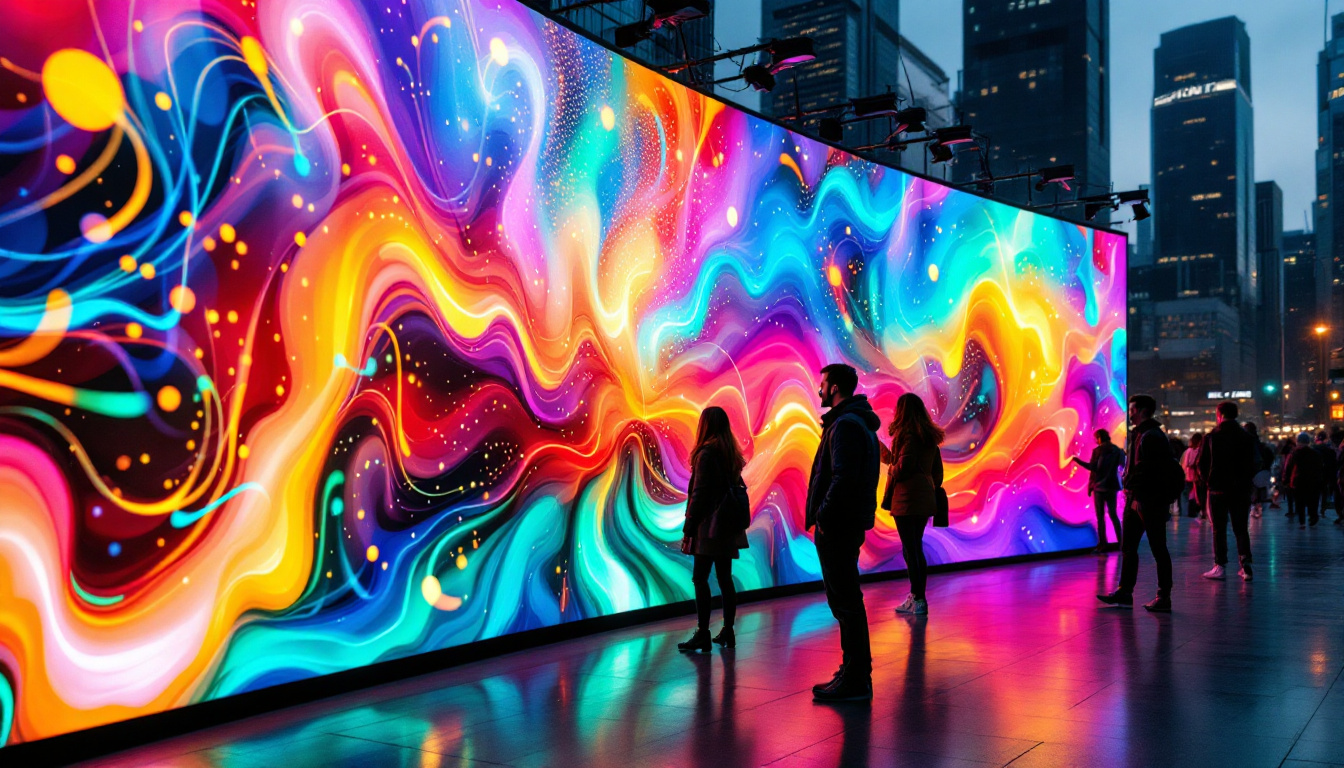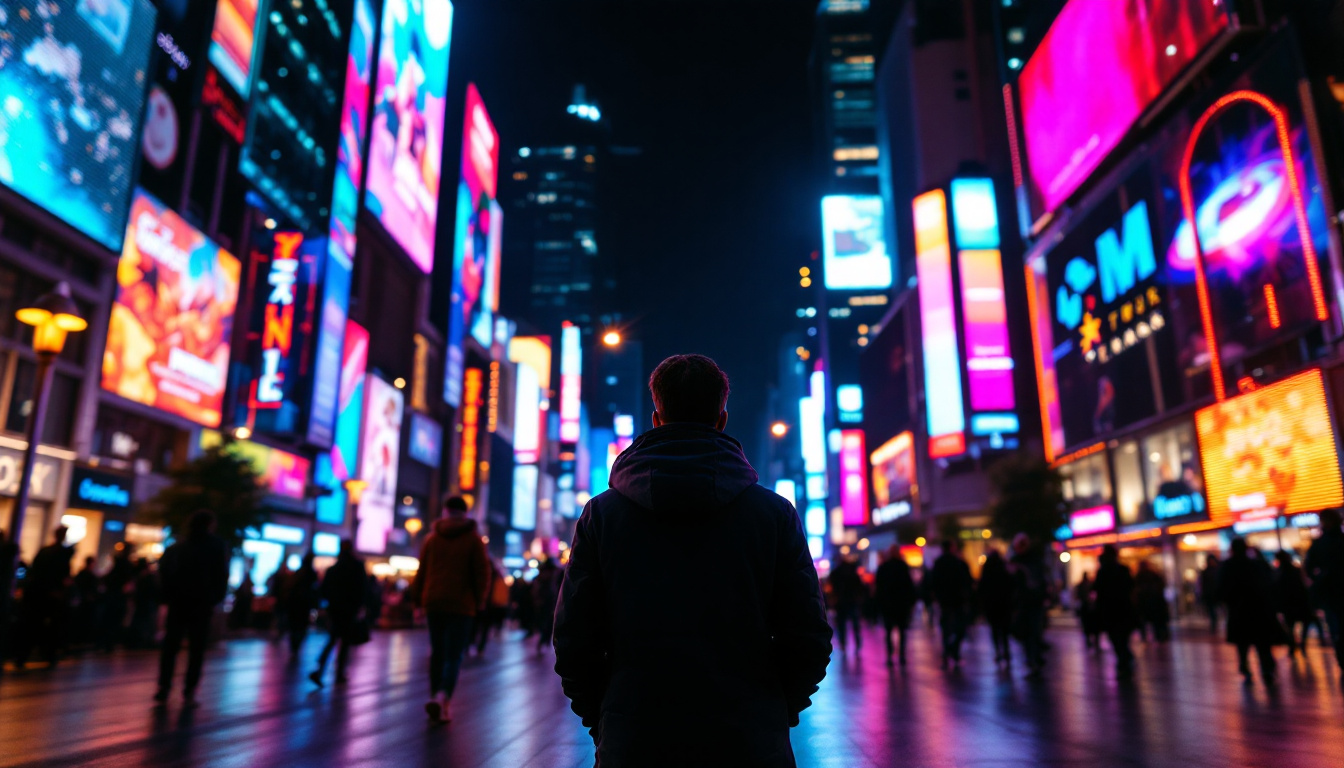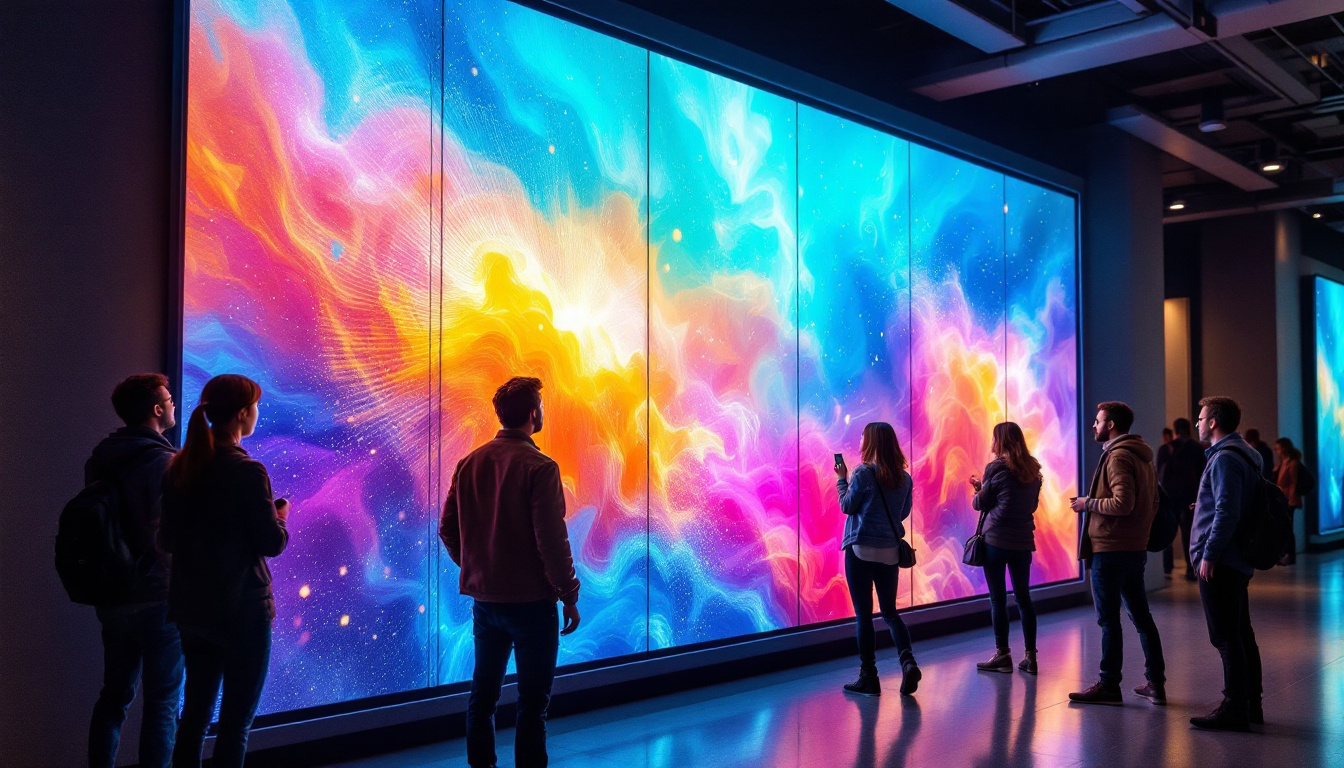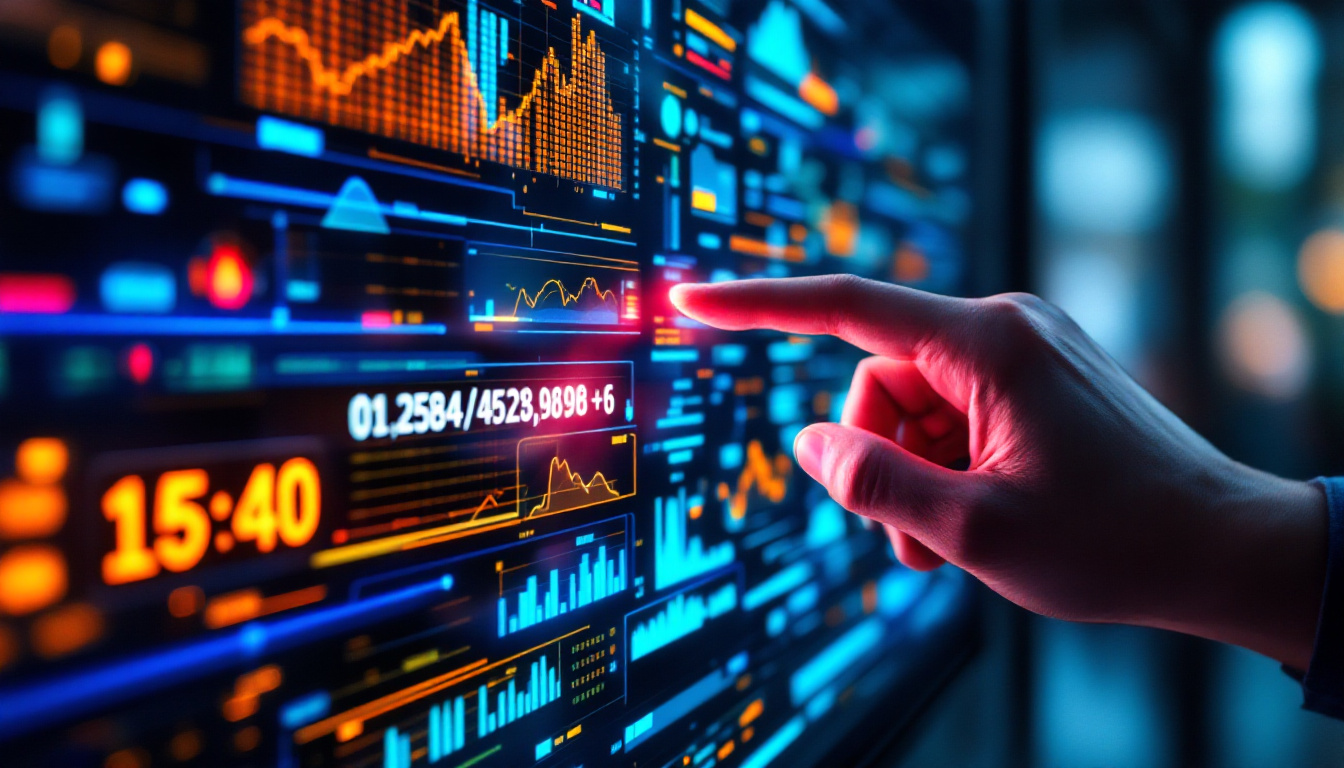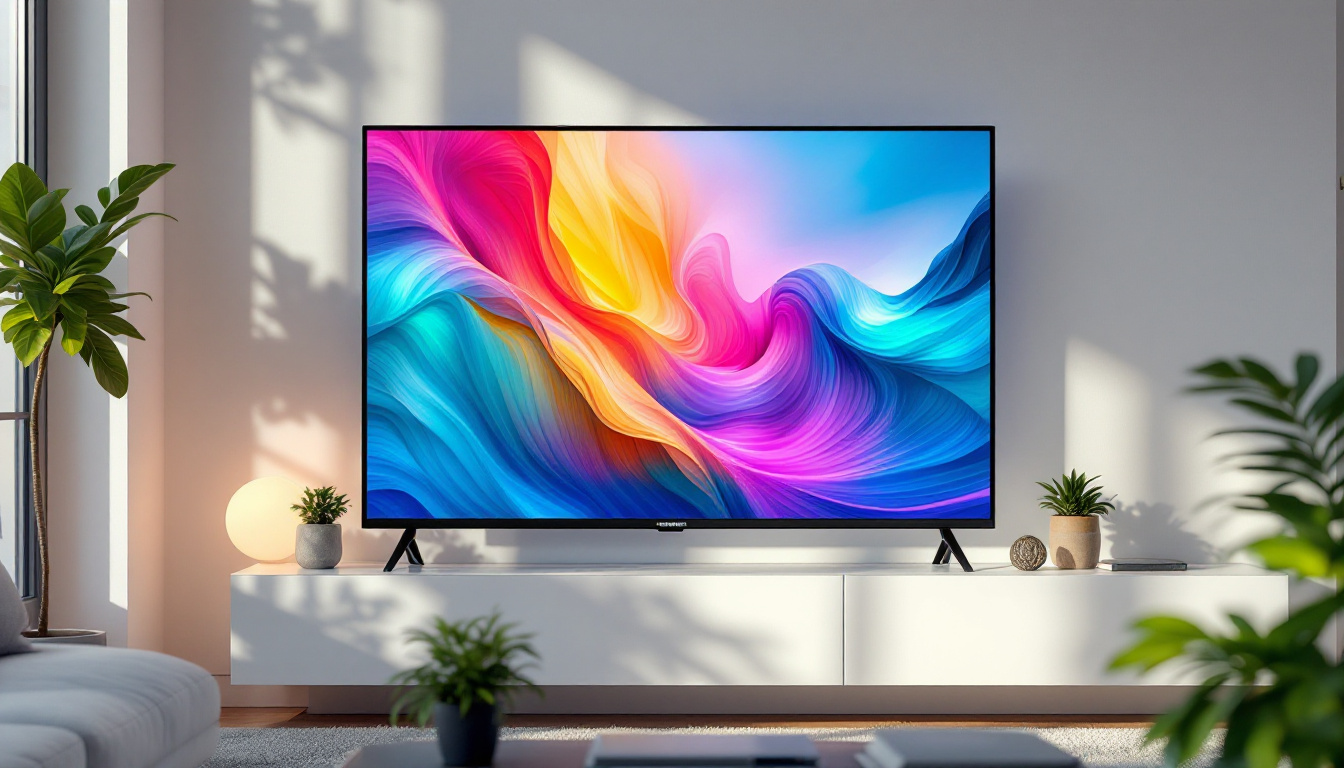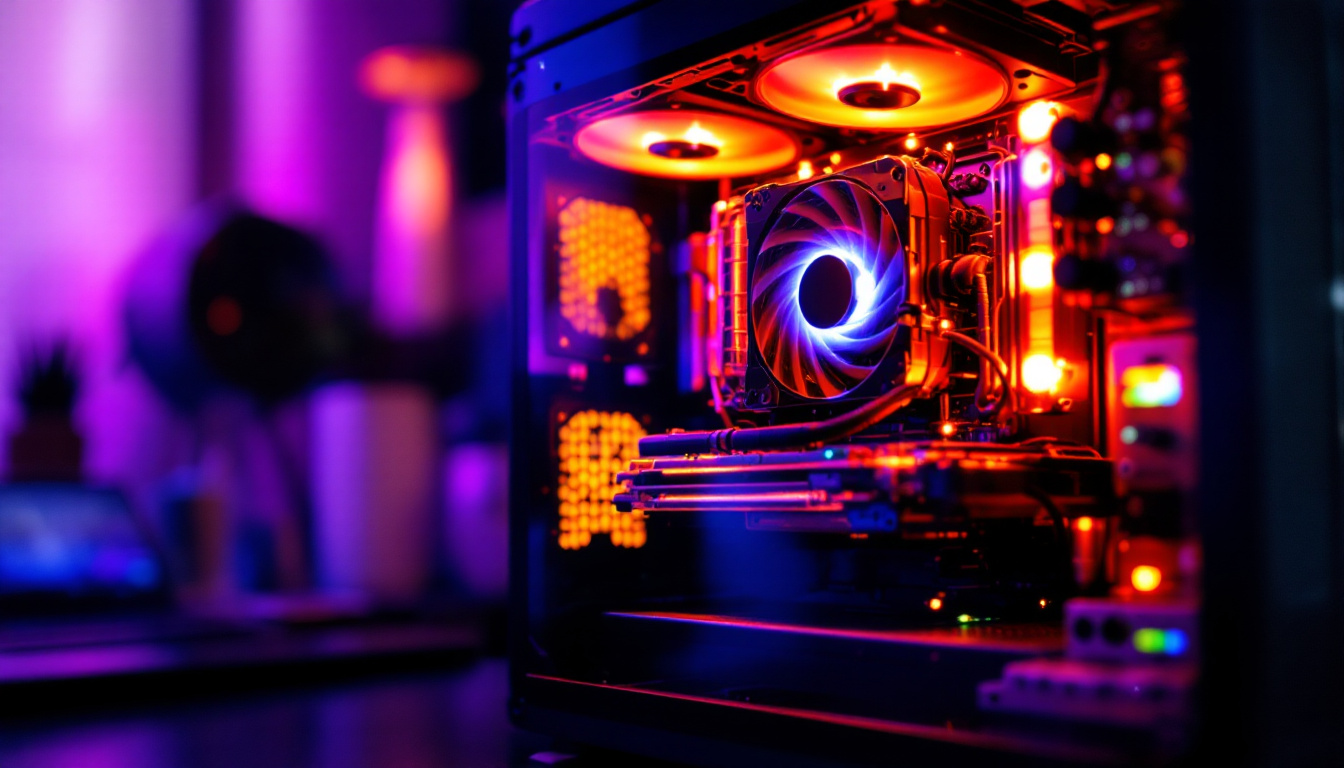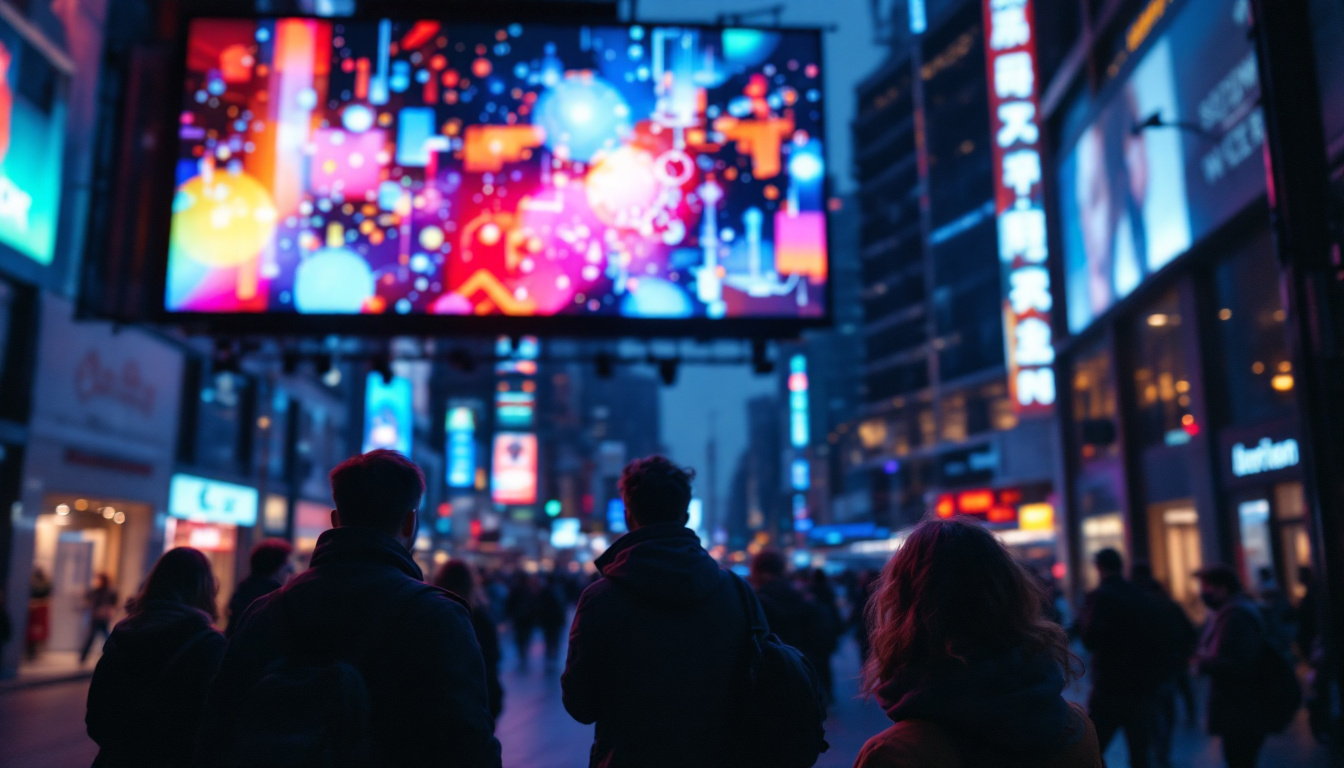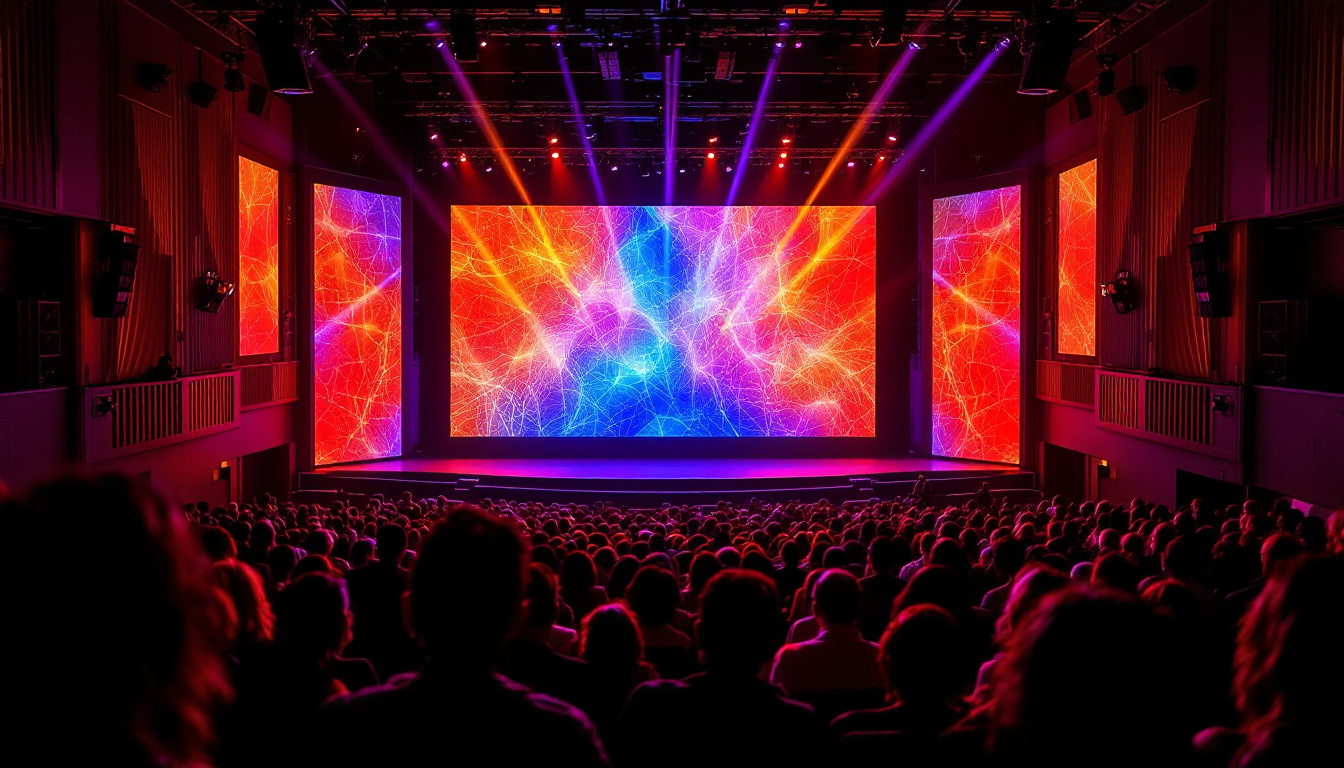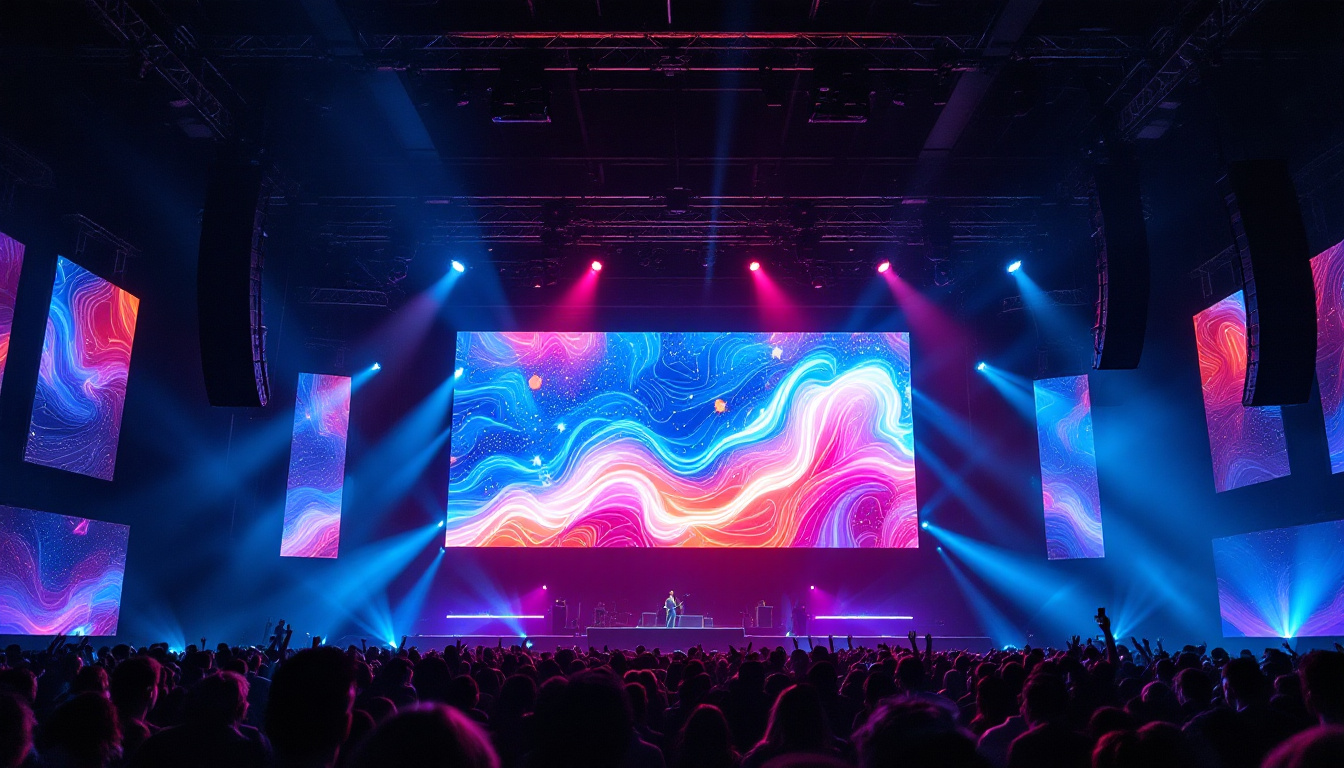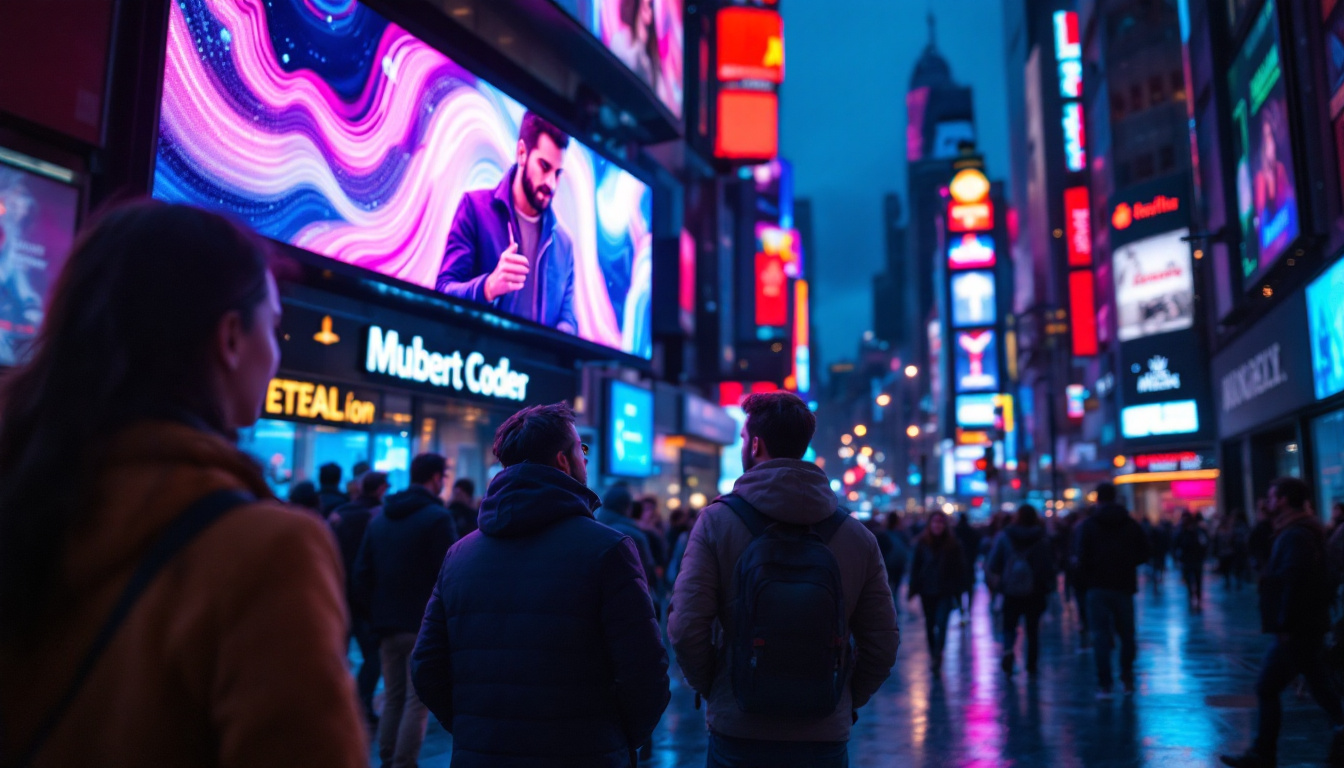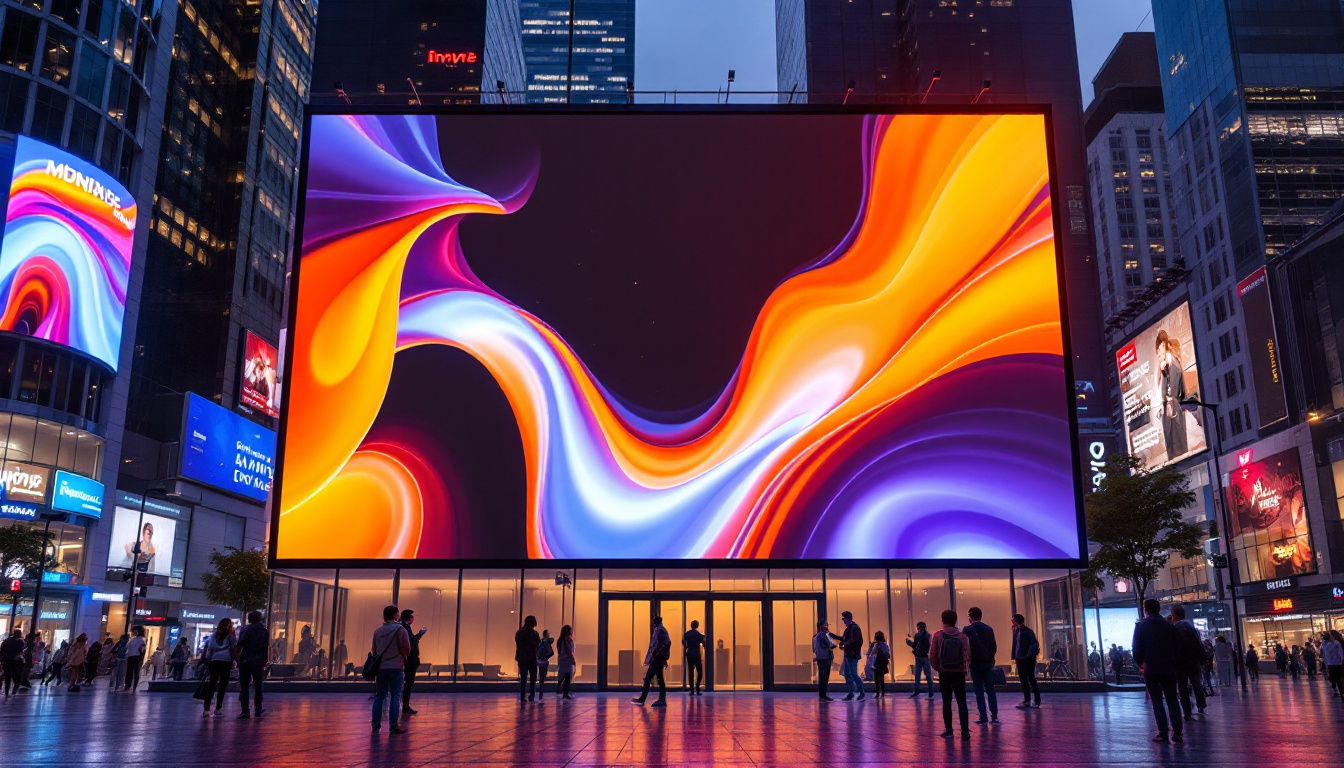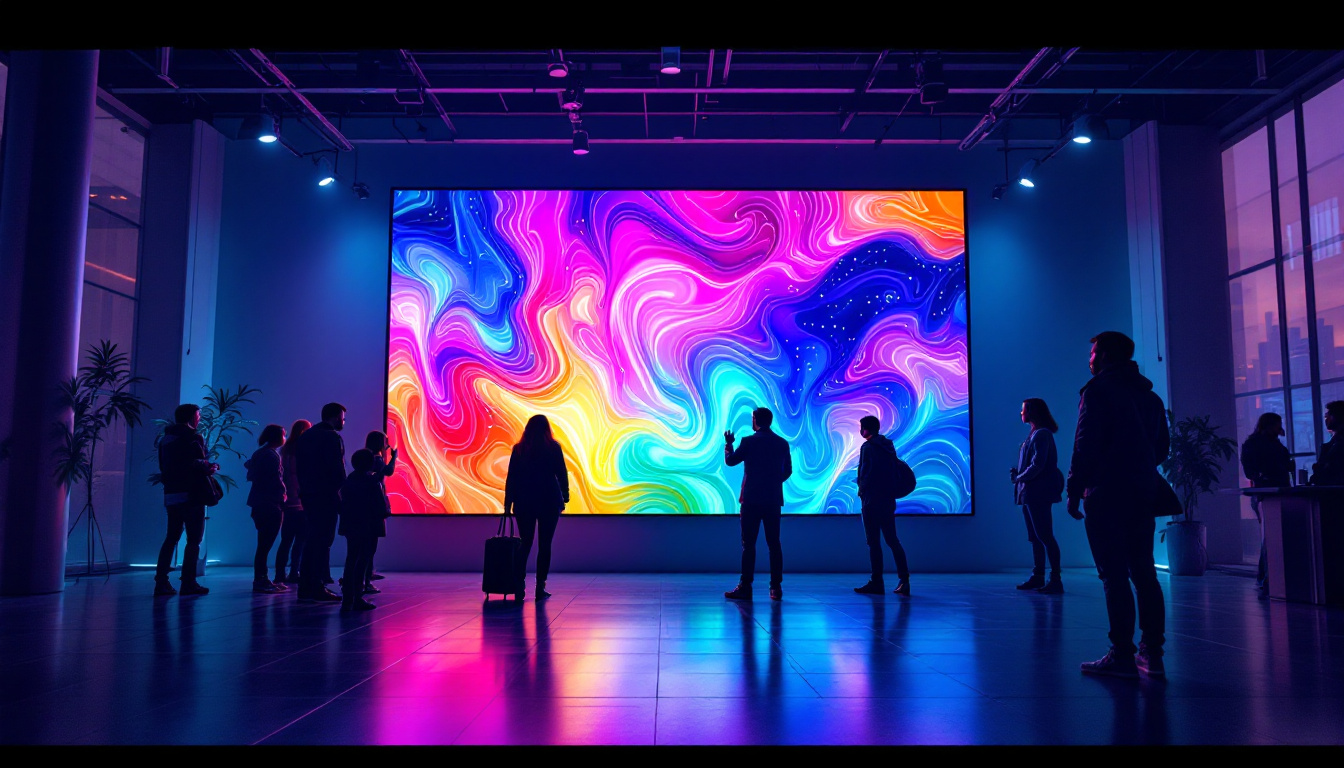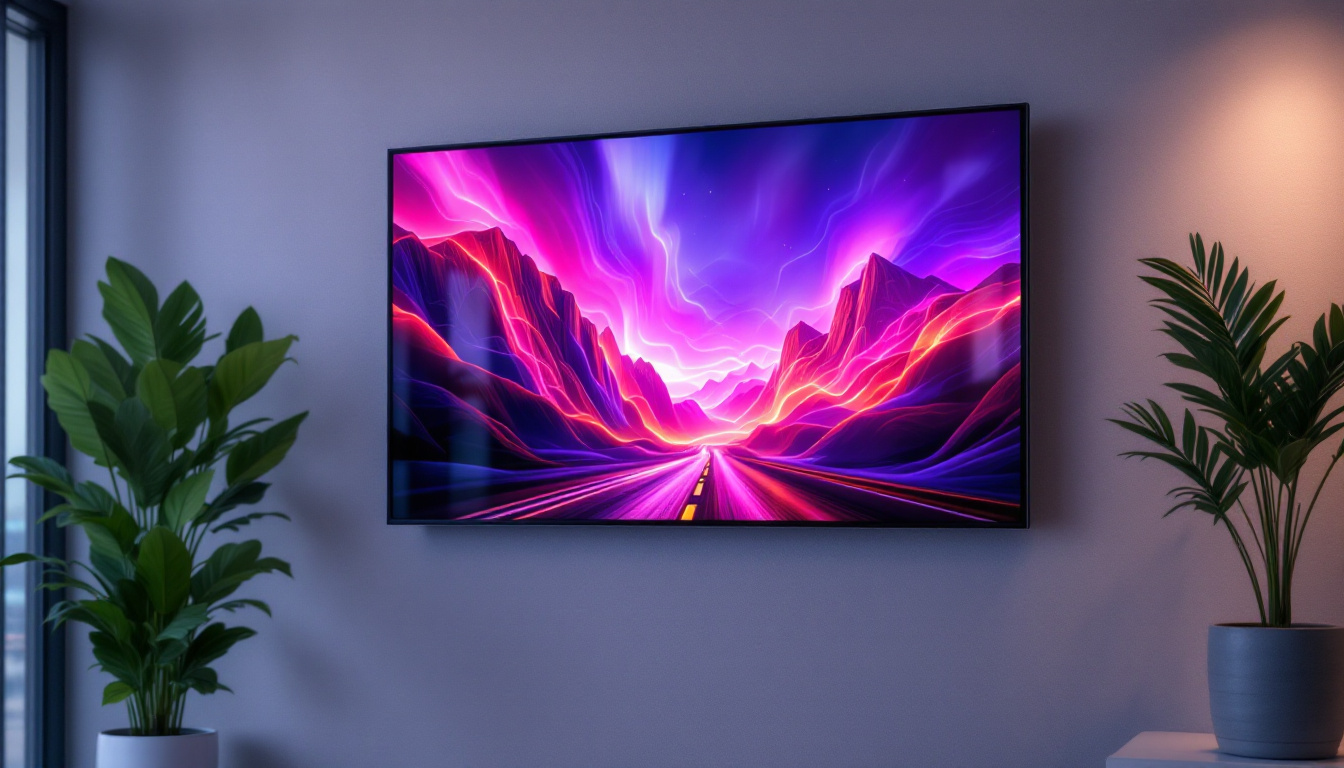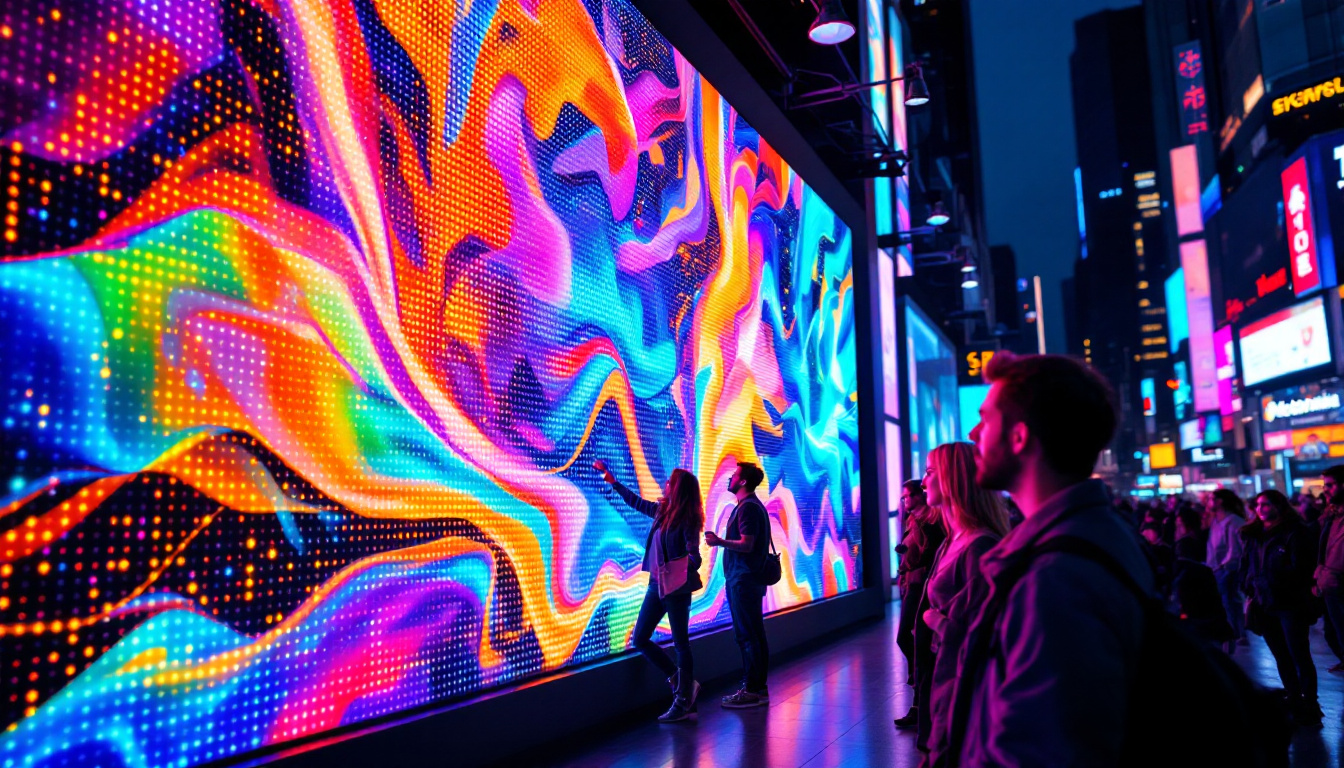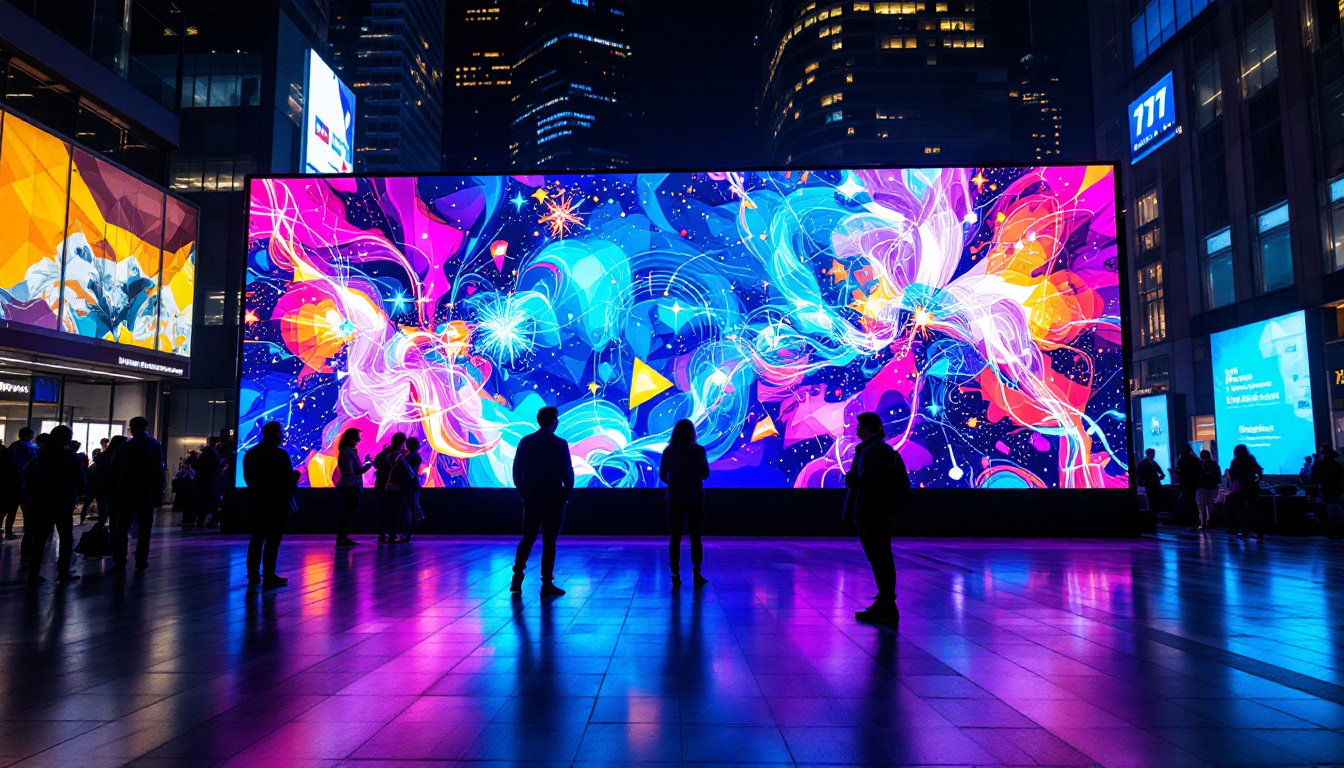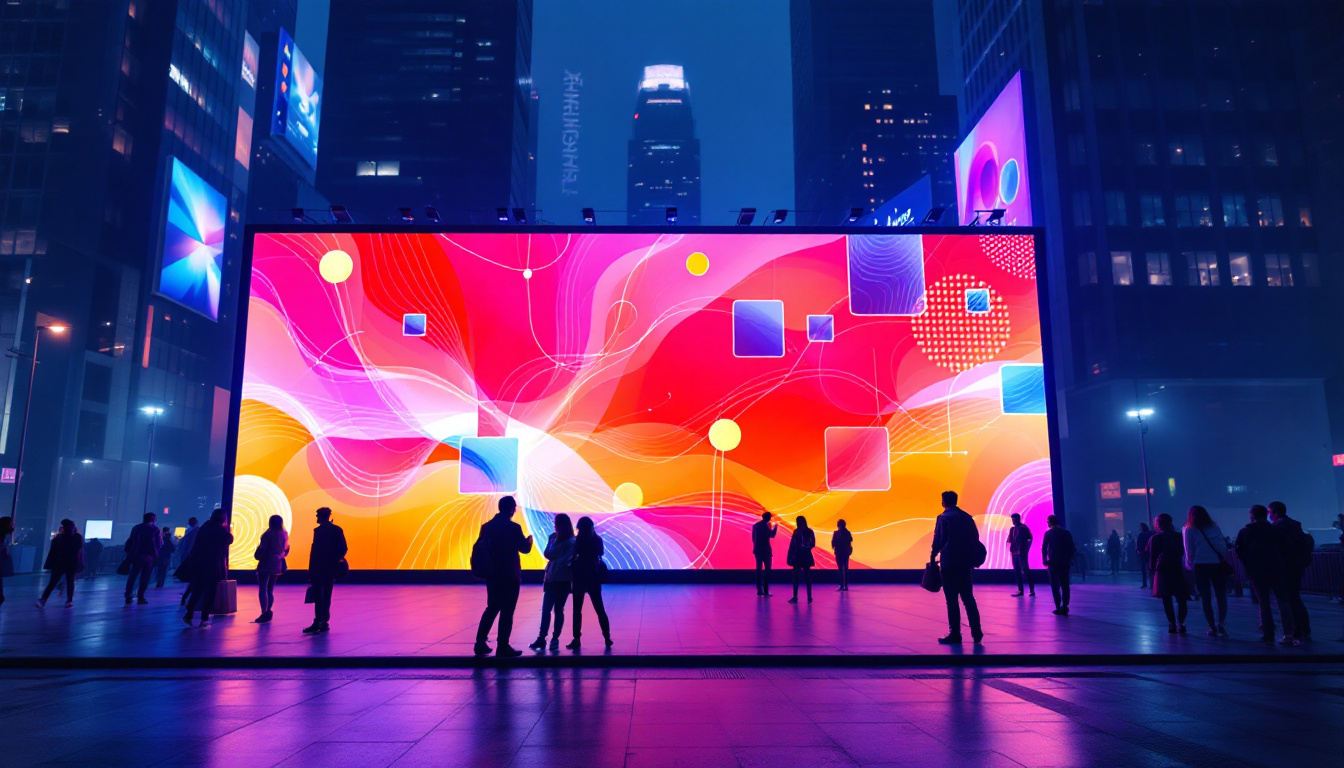In an age where visual communication is paramount, LED displays have emerged as a dominant force in the realm of digital signage. Whether in bustling city centers, sports arenas, or corporate environments, these screens capture attention and convey messages with remarkable clarity. This article delves into the intricacies of LED displays, exploring their technology, applications, and benefits.
Understanding LED Technology
LED, or Light Emitting Diode, technology has revolutionized the way images and videos are presented. Unlike traditional display technologies, LED screens utilize a series of diodes that emit light when an electric current passes through them. This fundamental difference leads to various advantages that make LED displays a preferred choice for many applications. The efficiency of LED technology not only contributes to lower energy consumption but also enhances the lifespan of the displays, making them a cost-effective option in the long run.
How LED Displays Work
At the core of an LED display are thousands of tiny diodes that work together to create vibrant images. These diodes are grouped into pixels, with each pixel consisting of red, green, and blue (RGB) sub-pixels. By adjusting the intensity of each sub-pixel, a wide spectrum of colors can be produced. The result is a display that can render images with stunning detail and brightness. The rapid response time of LED technology also means that motion graphics and videos appear smooth and fluid, enhancing the viewer’s experience significantly.
The technology can be categorized into two main types: direct view and backlit. Direct view LED displays are made up of individual LEDs that form the entire screen, while backlit displays use LEDs to illuminate a liquid crystal display (LCD) panel. Direct view displays are more common in large-scale applications, such as billboards and stadium screens, due to their superior brightness and contrast. Additionally, advancements in LED technology have led to the development of high dynamic range (HDR) displays, which provide even greater contrast and color accuracy, making them ideal for professional video production and high-end entertainment.
Types of LED Displays
LED displays come in various forms, each tailored to specific applications. The most common types include:
- Indoor LED Displays: These screens are designed for indoor environments, offering high resolution and vibrant colors. They are often used in retail stores, conference rooms, and entertainment venues. The flexibility of indoor LED displays allows for creative configurations, enabling businesses to create engaging visual experiences that capture the attention of their audience.
- Outdoor LED Displays: Built to withstand the elements, outdoor LED displays are brighter and more durable. They are typically used for advertising billboards, sports events, and public announcements. With advancements in weatherproofing technology, these displays can function effectively in various environmental conditions, from heavy rain to bright sunlight, ensuring that messages are always visible.
- Transparent LED Displays: This innovative technology allows for displays that can be seen through, making them ideal for storefronts and creative installations. Transparent LED displays offer a unique blend of visibility and aesthetics, allowing businesses to showcase products while still maintaining an open and inviting atmosphere.
Another emerging type of LED display is the flexible LED screen, which can be bent and shaped to fit unconventional spaces. This adaptability opens up new possibilities for artistic installations and architectural designs, allowing for immersive experiences that were previously unimaginable. As technology continues to evolve, the potential applications for LED displays seem limitless, paving the way for even more innovative uses in advertising, art, and information dissemination.
Applications of LED Displays
The versatility of LED displays makes them suitable for a wide range of applications. From advertising to information dissemination, their impact is felt across various industries.
Advertising and Marketing
One of the most prominent uses of LED displays is in advertising. Brands leverage the vibrant colors and dynamic content capabilities of LED screens to attract customers. Digital billboards, for instance, can display multiple advertisements in rotation, maximizing exposure and engagement.
In retail environments, indoor LED displays are used to showcase products, promotions, and brand messages. The ability to change content quickly allows businesses to respond to trends and customer preferences, making their marketing efforts more effective.
Entertainment and Events
LED displays have become a staple in the entertainment industry. Concerts, festivals, and sporting events utilize large LED screens to enhance the audience experience. These screens provide real-time visuals, instant replays, and immersive graphics that elevate the overall atmosphere.
Moreover, LED displays are often used in theaters and cinemas for advertising and previews, ensuring that audiences are engaged even before the main event begins.
Corporate and Educational Use
In corporate settings, LED displays serve as powerful communication tools. They are commonly used for presentations, conferences, and meetings, providing clear visuals that enhance understanding and retention. Additionally, digital signage in office environments can display important information, such as announcements and schedules.
Educational institutions also benefit from LED technology. Classrooms equipped with LED displays can facilitate interactive learning experiences, making lessons more engaging for students. Furthermore, campuses can utilize LED screens for announcements and event promotions.
Benefits of LED Displays
The advantages of LED displays extend beyond their visual appeal. Their unique characteristics contribute to their growing popularity across various sectors.
Energy Efficiency
One of the standout features of LED technology is its energy efficiency. LED displays consume significantly less power compared to traditional display technologies, such as LCD and plasma screens. This reduced energy consumption not only lowers operational costs but also minimizes environmental impact.
Furthermore, advancements in LED technology continue to improve energy efficiency, making them an even more sustainable choice for businesses and organizations.
Longevity and Durability
LED displays are known for their longevity. With a lifespan that can exceed 100,000 hours, these screens outlast many other display technologies. Their durability is particularly beneficial for outdoor applications, where exposure to weather conditions can take a toll on traditional displays.
The robust nature of LED technology means that maintenance costs are also lower over time, as the need for frequent replacements is significantly reduced.
High Brightness and Contrast
LED displays are capable of producing exceptional brightness levels, making them suitable for both indoor and outdoor environments. This high brightness ensures that content remains visible even in direct sunlight, a critical factor for outdoor advertising.
Additionally, LED technology offers superior contrast ratios, resulting in deeper blacks and more vibrant colors. This capability enhances the overall viewing experience, making images and videos more captivating.
Challenges and Considerations
While LED displays offer numerous benefits, there are also challenges and considerations that potential users should be aware of.
Initial Investment Costs
One of the primary challenges associated with LED displays is the initial investment cost. High-quality LED screens can be expensive, which may deter some businesses from making the switch from traditional displays. However, it is essential to consider the long-term savings in energy and maintenance costs when evaluating the overall return on investment.
Content Management
Another consideration is the management of content displayed on LED screens. Businesses must invest in content creation and management systems to ensure that their displays are effectively utilized. This may involve hiring professionals or using software solutions to streamline the process.
Additionally, maintaining fresh and engaging content is crucial for maximizing the impact of LED displays. Stale content can lead to viewer disengagement, so businesses need to be proactive in updating their displays.
Future Trends in LED Display Technology
The LED display industry is continually evolving, with new technologies and trends emerging that promise to enhance the capabilities of these screens.
Advancements in MicroLED Technology
MicroLED technology is one of the most exciting developments in the LED display sector. This innovation involves using microscopic LEDs to create displays with even higher resolutions and improved color accuracy. MicroLED displays are expected to offer better performance in terms of brightness, contrast, and energy efficiency.
As this technology matures, it may lead to the creation of flexible and transparent displays, opening up new possibilities for applications in various industries.
Integration with Smart Technology
As smart technology continues to permeate everyday life, LED displays are increasingly being integrated with smart systems. This integration allows for real-time data updates, interactive content, and enhanced user experiences. For instance, smart LED displays can be used in transportation hubs to provide live updates on schedules and delays.
Moreover, the incorporation of artificial intelligence (AI) into LED display systems can lead to more personalized content delivery, enhancing engagement and effectiveness.
Environmental Considerations
As sustainability becomes a priority for many organizations, the LED display industry is also focusing on environmentally friendly practices. This includes the use of recyclable materials in manufacturing, energy-efficient designs, and programs for responsible disposal of outdated displays.
As consumers become more environmentally conscious, businesses that adopt sustainable practices in their LED display usage may find themselves with a competitive advantage.
Conclusion
LED displays have transformed the landscape of visual communication, offering unparalleled brightness, energy efficiency, and versatility. Their applications span various industries, from advertising and entertainment to corporate and educational settings. While challenges such as initial costs and content management exist, the benefits far outweigh the drawbacks.
As technology continues to advance, the future of LED displays looks promising. With innovations like MicroLED and smart technology integration on the horizon, these displays will undoubtedly play an even more significant role in shaping how information is conveyed and experienced.
In a world where attention is a valuable commodity, LED displays stand out as a powerful tool for capturing and retaining that attention. As businesses and organizations seek to enhance their communication strategies, investing in LED technology is not just a trend—it’s a strategic move towards a brighter, more engaging future.
Illuminate Your Message with LumenMatrix
Ready to elevate your visual communication strategy with the brilliance of LED technology? Discover LumenMatrix’s comprehensive range of LED display solutions, from vibrant Indoor and Outdoor LED Wall Displays to dynamic Vehicle and Sports LED Displays, and beyond. Embrace the future with our innovative LED Poster Displays, Floor Displays, Custom Solutions, and All-in-One LED Displays, including the cutting-edge LED Transparent Display. Let LumenMatrix help you captivate your audience and convey your brand’s message with unparalleled clarity and impact. Check out LumenMatrix LED Display Solutions today and transform the way you connect with the world.

